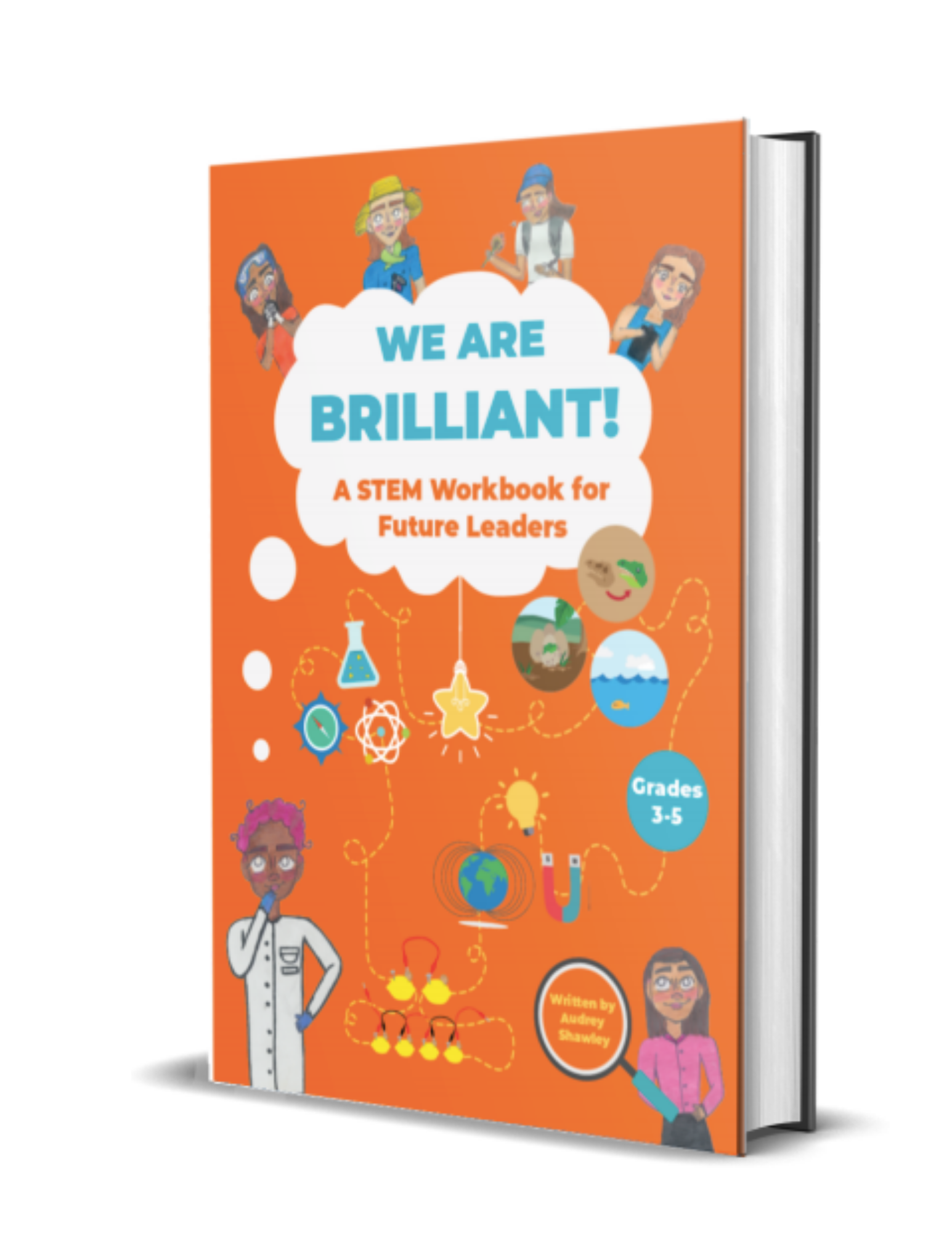How many drops of water can be held on a coin? Find out today with this quick & easy experiment!
Materials:
Coin (penny), water, dropper.
Time Estimated:
5 minutes
Directions:
Wash and dry coin.
How many drops of water do you think can fit on the coin? Make a hypothesis (educated guess) and then find out!
Drip one drop of water at a time onto the penny using a dropper, pipette, or drip from a spoon in a crunch! Count each drop!
Think Like A Scientist!
Did the coin hold more or less drops than you predicted? Why do you think that was?
Try the same experiment again and count your drops! Was it the same number? Was it close? This difference is called experimental error. If you have a big difference between your two tests (trials), then you have a large experimental error. This means that maybe your dropper isn’t very precise. What could you do to reduce this error? Let other scientists know in the comments below!
What other coins could you use? Would they be able to hold more or less drops? Let us know what you find out in the comments below!
How It Works:
In this experiment, did your penny hold more drops than you thought it would?? This happens to a lot of scientists!
One reason that this happens is because of a property of water called cohesion. Cohesion is when two molecules that are similar to each other stick together. Water molecules are the same, and so they stick together and help keep drops on top of the penny.
Another property of water that helps the penny hold a lot of drops is called surface tension. Surface tension is a special term used to describe cohesion for water!
Did you notice a bubble shape start to form on the top of the coin? Without cohesion and surface tension it would just drip down the sides of the coin and you wouldn’t be able to hold nearly as many drops of water! These two forces help pull all of the water molecules in from the sides so that they stay in a bubble on top of the coin for longer than you might expect!
Looking for more fun at home STEM activities for your young scientist? Check out our workbook full of exciting science experiments and empowering activities!
Learn more and purchase today!


